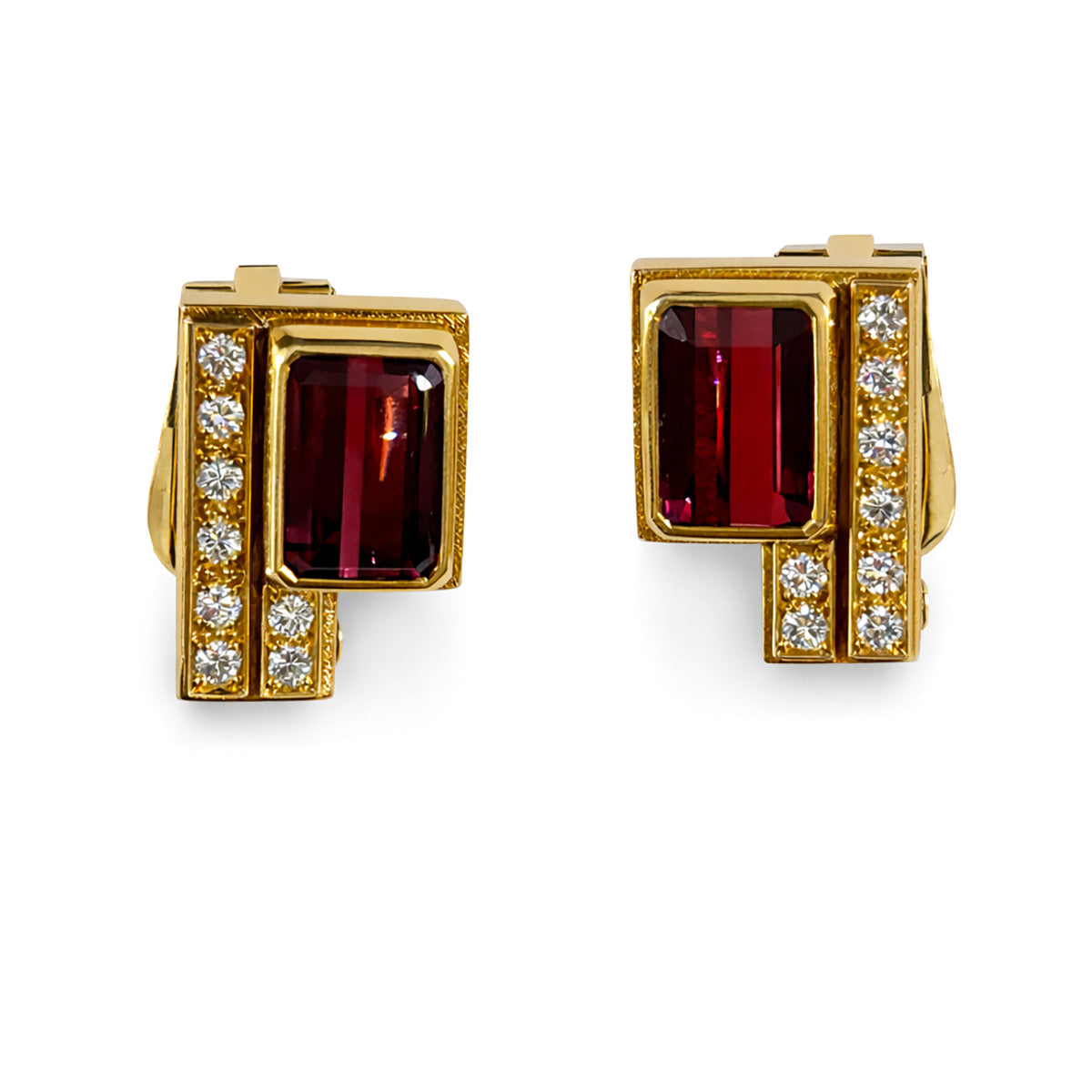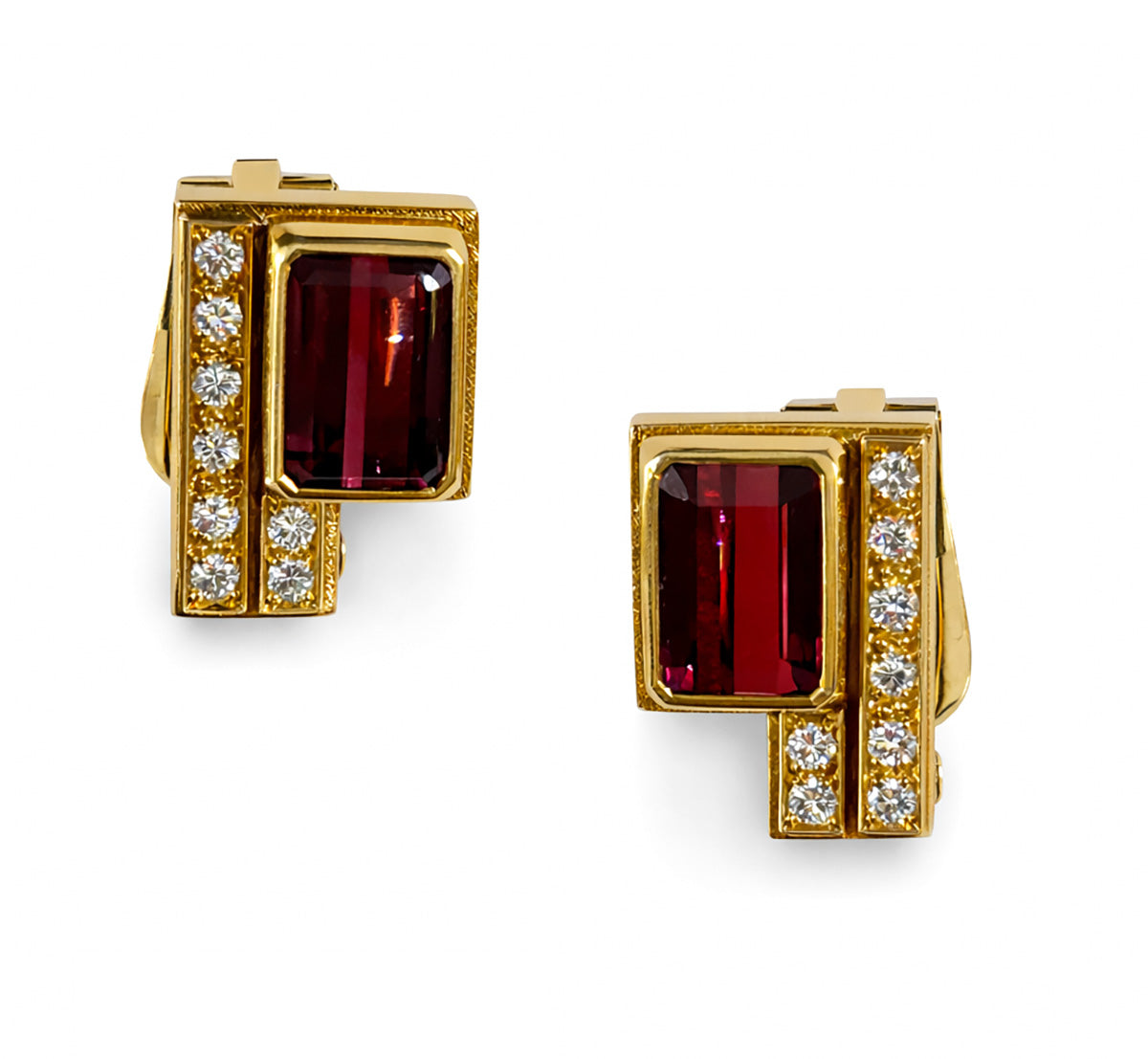
The Metal 16 Times More Expensive Than Gold: Why Is It So Valuable?
Many people believe that the most valuable metal on Earth is gold, which currently has a price of $1,842 per ounce, but this is not true.
Some other metal - rhodium - has reached a staggering price of $29,070 per ounce on the world commodity exchanges in 2021, which made it 16 times more expensive than gold!
Rhodium
Rhodium is the most expensive metal in the world, belonging to the group of noble metals, along with platinum, palladium, osmium, iridium, and ruthenium, according to The Jerusalem Post.
However, in recent years, the market value of rhodium has decreased from its peak in April 2021, when it reached a value of $29,070 per ounce (28.349 grams), to $14,100 per ounce in October 2022, and to $4,300 per ounce on October 2, 2023, compared to the current price of gold at $1,842, according to Money Metals.
Nevertheless, gold's versatility, conductivity, durability, and aesthetic appeal firmly establish it among the top five most valuable metals.
Currently, rhodium claims the title of the most expensive and rarest metal in the world.
Why Is Rhodium So Expensive?
Rhodium is a rare, silvery-white, hard, corrosion-resistant, and chemically non-reactive with oxygen, classifying it as a noble metal.
This unique property makes it a perfect catalyst, resistant to both corrosion and oxidation.
With its exceptional hardness and a melting point of 1,964 degrees Celsius (3,567 degrees Fahrenheit), rhodium shares its position among the platinum group metals, including palladium, osmium, platinum, iridium, and ruthenium.
Rhodium's remarkable ability to withstand temperatures of up to 1,112 degrees Fahrenheit and its insolubility in most acids make it an invaluable resource in various industries, including automotive, aviation, electrical components, high-temperature thermocouples, and resistance wires.
Rhodium is found in the Earth's crust at only 0.000037 parts per million, while gold is relatively abundant at about 0.0013 parts per million, according to The Royal Society of Chemistry.
Rhodium production mainly takes place in South Africa and Russia, often as a byproduct of refining copper and nickel ores containing up to 0.1% of this precious metal.
Approximately 16 tons of rhodium are produced annually, with a global estimated reserve of 3,000 tons.
Discovery of Rhodium
Rhodium was first discovered by an English chemist called William Hyde Wollaston in 1803. He was extracting metals from platinum ore from South America, and through this process discovered a variety of new metals like rhodium and palladium.
Both metals require platinum to grow, which means they are rare in nature and the pricing can be volatile since they’re so dependent on platinum.
Despite its solid silver-white appearance and reflective qualities, rhodium derived its name from the Greek word "rhodon," meaning rose. The name alludes to the reddish color of the metallic salts it forms.
Surprisingly, despite its rarity and beauty, statistics from 2019 indicate that nearly 90% of the demand for rhodium comes from the automotive catalyst sector for catalytic converters.
Rhodium finds its primary application in alloys as a strengthening agent, commonly added to platinum and palladium.
These alloys serve various purposes in furnaces, melting reactors, laboratory settings, and more. Additional uses for rhodium include jewelry production and electrical contacts in electronic components.
















